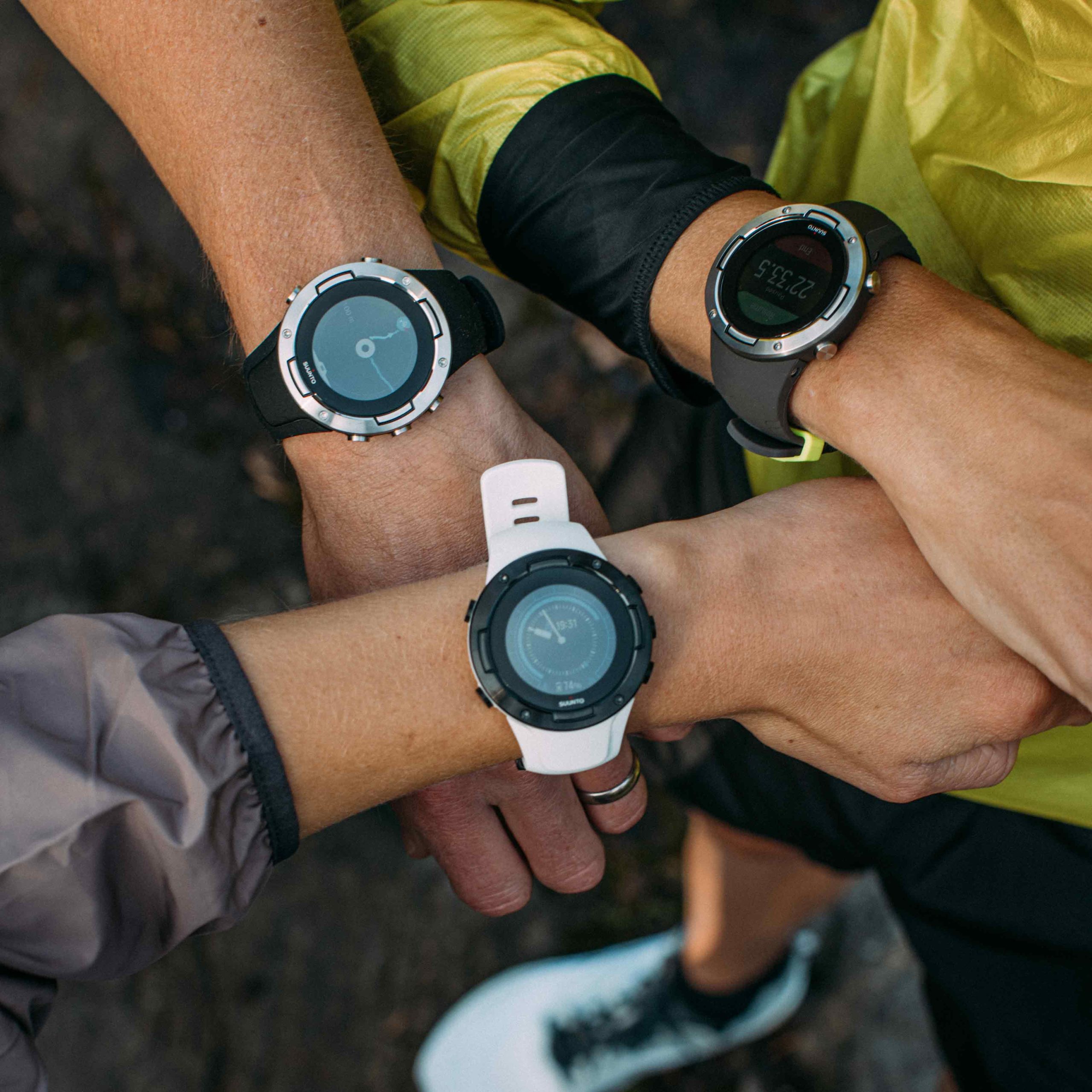Half Marathon Training Plan
Target Time: < 2h
Are you ready for the next step?
For many runners a half marathon (21.1 km) is a really big challenge that takes months of preparation. It’s also a realistic endeavour that can definitely be achieved by recreational runners, but on the other hand shouldn’t be seen as a side show. We therefore recommend training continuously for one year and doing at least three to four training units per week. It can also be helpful to train in alternative sports such as rowing or swimming. Like this you’ll be able to build up stamina, but also reduce the risk of injury due to overstraining.
The training plan also includes interval runs, which allow you to run at a faster pace and which will really help boost your motivation. The speeds will give you a lot of confidence and encourage you to achieve even more. Additionally, you will find a glossary at the bottom of this page with the most important terms that appear in your training plan. 3,2,1 Go …!
SHOES ON, LET'S GO ...
GLOSSARY
- Maximum Heart Rate (maximum pulse): Number of heartbeats per minute that are reached during the greatest possible physical exertion (there can be considerable individual differences depending on age, gender, fitness level and many other factors). Exercise ECGs, rule of thumb (e.g. maximum pulse = 220 – age in years) or sports watches with heart rate monitors are also suitable for determining this.
- Slow endurance run: approx. 70% of the maximum heart rate.
- Fast endurance run: approx. 80% of the maximum heart rate.
- Progression run: approx. 70 – 80% of the maximum heart rate. This is a run over a predetermined route, in which the pace is continuously increased.
- Interval run: change between fast and slow running units, in which the specified distances should be completed at a constant pace.
- Tempo endurance run: approx. 85 – 95% of the maximum heart rate.
Sports Nutrition
Always be at your sharpest and prevent fatigue – with sports bars, gels and drinks.

Sport Watches
Keep an eye on your accomplishments and improve yourself: with a clever coach on your wrist.
Backpacks and Vests
Bottles, gels, bars, smartphones – you can store all your running essentials in your backpack or running vest.